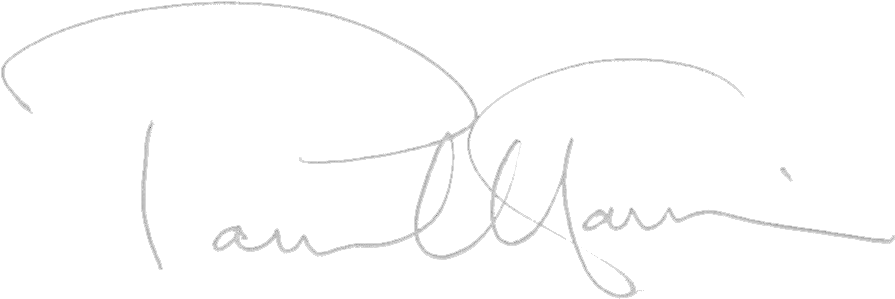To remain as effective and responsible teachers, preparation is very important. And that preparation can come in all shapes and sizes. Some requires expenditure of energy, some will conserve and revitalize. Let’s have a closer look at how we can best prepare.
If we’re involved in wider opportunity-style or whole class teaching then of course we have to do an appropriate amount of preparation to avoid all kinds of possible (let’s settle with) confusion. In such a situation Benjamin Franklin’s memorable maxim ‘Fail to prepare – prepare to fail’ was never more apposite. If it’s individual or smaller group teaching then perhaps the necessary preparation for each lesson doesn’t seem to require such effort. But we all do need some quality time to stay on top of the game. As to using it most effectively let’s begin by reminding ourselves about the very nature of what we are.
We’re human beings – not human doings! We don’t have to be doing all the time. There needs to be some time, each week, when we simply stop doing. Time for re-energizing the batteries; time for reflection; time to let go of problems; time to re-affirm our love of music and our love of teaching. And yes – we do need to do this every week. I am sure some of you are thinking, ‘but I don’t have the luxury of such time.’ Well – things have got to change. It’s vital. You need this time. It’s an essential part of our preparation.
In extreme cases (I’m not sure what constitutes an extreme case, but I’ll leave that for you to decide!) put aside the occasional ten minutes, perhaps once or twice a week. But really I’d like you to do this once a day after some busy teaching. Sit in a quiet room in a comfortable chair and, for the first few minutes just relax and think about nothing in particular. Then reflect on what went well - an enjoyable moment, a pupil suddenly ‘getting it’ or playing a phrase beautifully. Reflect on something that didn’t go so well (nothing wrong with that – happens all the time) but try to think of alternative strategies: could you have taught it differently? Were your expectations too high or too low? Did you make an inappropriate connection? Did you use the wrong vocabulary? What would have made it work better? Such thinking is invaluable. The next time such a situation occurs you’ll negotiate it with much greater success.
Do you ever find yourself getting frustrated? Why couldn’t he get that rhythm right? I told him how it goes enough times! If these kinds of thoughts slip into your mind then time for reflection is even more important. Pupils rarely get things wrong deliberately. There’s usually a reason and the effective teacher needs to find that reason. It’s almost certainly rooted in some kind of misapprehension or maybe somewhere along the chain of learning, there’s a broken link. We must find it and repair it. That’s the way forward and quiet reflection will often produce the answer.
So what about some actual practice? Many instrumental teachers do keep their practice going on a regular basis which is ideal. Pupils, especially younger pupils, love to hear their teachers playing and will model and copy a lot of what they do (which is a good thing – we can begin to encourage independence of thought and action as pupils mature). Simple thoughtful practice of pieces we are teaching is invaluable. It will alert us to the particular ingredients from which our teaching should develop, it will remind us of particular technical issues. And as we’re practising our teaching pieces let’s put ourselves into the minds of our pupils. What thoughts might they have about it? What metaphors and images might help them to bring the piece to life?
And what of that most treasured and important part of our teaching equipment? Our imagination. It needs feeding too. Take it to an art gallery or read an inspiring book. Go to a concert or listen (and I mean sit down, eyes closed and really listen) to a favourite performer playing a special piece or one you’ve always wanted to get to know. The internet can bring virtually anything into our houses with the minimum of effort – there’s no excuse!
So enjoy some regular and varied preparation. Ensure you shut down from time to time (you don’t have to feel guilty about it) and just be. Empty your mind and then allow some gentle re-affirming thoughts to fill the space. Both you and your pupils will benefit enormously.
© Paul Harris 2010
First appeared in Music Teacher Magazine 2011 and reprinted by kind permission.











